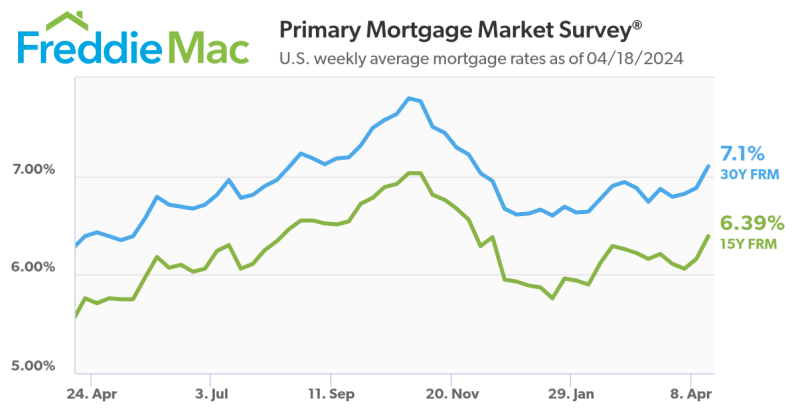Advertisement
SEC proposes comprehensive reforms to bring increased transparency to credit rating process
The Mortgage Press Gauge: June 2008 Part IIMortgagePress.comindustry, statistics, market trends, FOMC, retail sales, wholesale prices, consumer confidence
Provided exclusively to The Mortgage Press by David Beadle,
president of BestInfo Inc., the BestRates cell, pager and e-mail
rate alert service for mortgage industry subscribers. Send your
inquiry to [email protected]
for full details on a free two-week trial subscription.
A reading of "1" has the lowest impact on rates, while "10"
has the highest. Although carefully verified, data are not
guaranteed as to accuracy or completeness. BestInfo Inc. cannot be
held responsible for any direct or incidental loss or liability
incurred by applying any of the information or opinions in this
feature.
June 17
May Producer Prices
Rate Impact: 8
To demonstrate the amazing disconnect between the government's
inflation statistics and what's truly going on, one need look no
further than local gasoline station signage. At the end of May, the
national-average price of a gallon of regular was $3.96. That was
up from $3.61 a month earlier for a nearly 10 percent rise. And the
price at Memorial Day 2007 was $3.19, which translates into a
roughly 20 percent annual gasoline inflation rate. Yet, the federal
entity which presents the numbers consistently paints a benign
month-to-month and year-over-year picture. Whats worse, the
financial markets have been buying the story whether it pertains to
airline prices or other textbook examples of soaring inflation with
the only people who seem to know what's going on being 300 million
American consumers. Even babies are now reportedly complaining
about the latest announced hike in diaper prices. We'll see if this
report is any more realistic than the previous ones.
June 25
May New Home Sales
Rate Impact: 5
The news from the housing front is no longer causing much of a
tizzy in the bond or stock markets. That's because the real-estate
industry is considered to be in a long-term slump. Therefore, bad
news is seen as "baked in the cake" and good news is seen as
transient. For example, mortgage rates jumped higher in late May
and analysts immediately predicted any recovery in the housing
market would be delayed as a direct result. But the April new home
sales results did show a glimmer of hope. The annualized pace came
in at 526,000 units, which was an improvement over downwardly
revised March figures. The inventory of unsold homes fell to 10
months from 11 months. And the median price moved higher by 1.5
percent after a long series of declines. A separate weekly report
showed that while applications for refinance transactions had
fallen, purchase mortgage activity had held steady.
June 25
FOMC Meeting Results
Rate Impact: 10
One piece of new information which is likely to move the financial
markets is the one which arrives from the Federal Open Market
Committee at 2:15 p.m. Eastern Time. This is when we'll find out if
the Fed is ready to change its bias from one which favors growth
over inflation fighting to one where upward price pressures are
acknowledged to be the new "front burner" issue. Some Federal
Reserve officials have said in recent speeches the lowering of the
Fed Funds Rate from 5.25 percent last September to two percent in
March contributed to the dramatic rise in commodity prices and must
be stopped even if the economy doesnt bounce back immediately. The
markets have now built-in an expectation of a Fed hike by the end
of the year. Today's communiqué will determine whether or not
traders move up their forecast of when the Fed will take action to
hike the short-term lending rates which it controls.
June 27
May Personal Spending
Rate Impact: 7
The stimulus checks from Congress are making their way into the
economy and it will be interesting to see if they have any impact
on GDP growth during the current second quarter. This was not the
case during April because the government was busy grabbing cash
from taxpayer wallets for its own uses. But with some of the money
having returned in May, it might have helped ease the burden of
higher gasoline and food prices. But the government's hopes a vast
majority of people would use the cash to purchase services from
American companies or goods from American manufacturers may not
come to pass. Instead, many analysts believe the funds will be
spent on household necessities or placed into piggybanks, thereby
calling into question the matter of if it made sense for the
politicians to borrow $150 billion from foreign governments and
others at rising interest rates to improve their flagging image
before they began their run for re-election in November.
About the author





